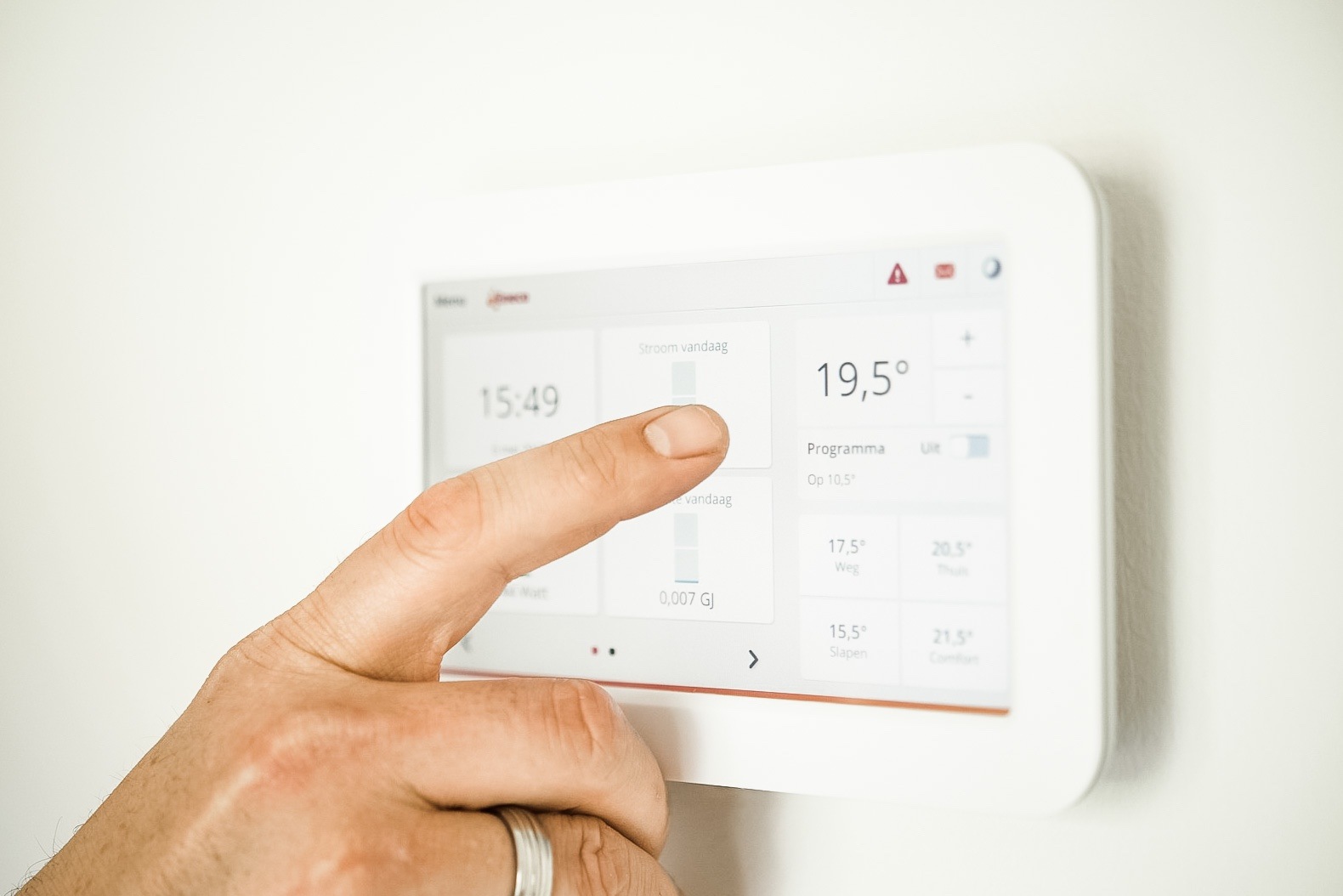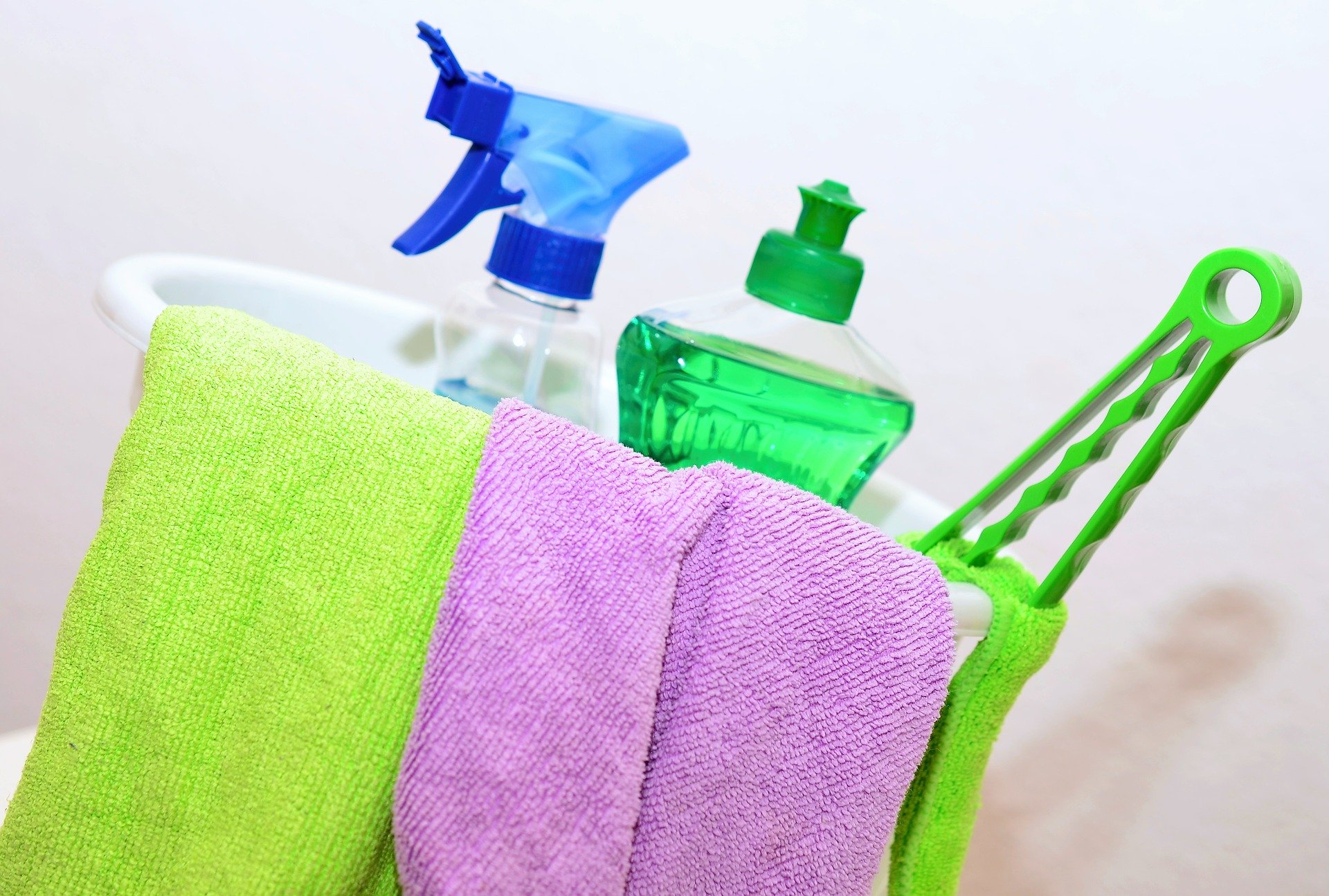Last updated on May 6th, 2024 at 10:59 am
The heating system accounts for the largest expense in most homes. As such, you should ensure that your furnace runs and operates efficiently to reduce the energy bills. However, proper furnace maintenance can be a daunting task, especially for first-time homeowners. Read on for nine tips to make furnace maintenance more straightforward.

Clean or replace the furnace filters regularly
Furnace filters, often installed where the return ducts enter the furnace, are used to remove pollutants such as bacteria, dust, pollen, pet dander, and spores from the air before it enters the furnace system and is heated. However, with continuous use, the filters may become clogged due to pollutant build-ups, therefore fail to function efficiently, which results in:
● Overworking the fan motor which leads to more energy consumption and energy bills, and potential furnace system damage
● Restricted airflow, causing additional strain in the fan motor, which could overheat your furnace or cause equipment to fail
● Reduced indoor air quality which leads to health complications such as asthma
● Reduced equipment lifespan and expensive repairs and maintenance
For these reasons, you should clean or replace the furnace filters 16x25x1 regularly. A clean air filter can help you save 5% to 10 % of your energy bills.2.
Clean the heat exchanger
The heat exchanger is one of the critical components of your furnace as it heats the air used to provide heat around the home. You should clean the heat exchanger at least once a year to eliminate dust and debris and ensure that the unit functions properly. If you’re not sure how to clean the heat exchanger, here is a guide:
● Turn the furnace off. Turn the gas off when using propane systems as well
● Using a stiff brush, remove any dust, dirt, and debris from the exchanger block. Consider using a damp cloth in case of hardened or tough buildup
● Vacuum all the chambers of the block assembly
● Finally, turn your furnace on
Consider hiring professional cleaners in case your system is older. A specialist will ensure that all parts of your heat exchanger are cleaned appropriately and identify and fix cracks on the unit. A damaged heat exchanger results in carbon monoxide leaks which could result in severe health complications or death.
Clean the drainage tube
Natural or propane furnaces produce a water by-product when the system is heating. Some of this water becomes steam, while the rest drains into a drip pan commonly shared with the HVAC system. Clogs in the drain tube make water fill the manifold, causing damage to your furnace’s flame sensor. A damaged flame sensor could cause the furnace system to shut down. For this reason, you should regularly clean and clear the drainage tube.
You could blow compressed air through the drainage tube or pipe to clean it while it is detached from the manifold. Pouring white vinegar down the drainage pipe or tube is also another effective solution to clear stubborn residue.
Check the pilot light
The easiest way to determine the condition of your furnace is by checking the pilot light. The pilot light shows how the gas is burning and whether or not the ratio is correct. Your furnace pilot light should always have a bright blue flame. You should contact a professional if the pilot light flame is yellow or any other color, as this could indicate an over-production of carbon monoxide, which could be dangerous. Regular pilot light inspections help you stay ahead of potentially hazardous problems.
Ensure that the blower motor is functioning appropriately
The blower motor plays an essential role in your furnace system. It pushes air through the heat exchanger, which warms the air while distributing it throughout the house. The blower also provides air for the air conditioning system. The air filters are also installed in the furnace blower.
Since the furnace blower motor performs many crucial functions, failing to maintain it could lead to its breakdown. For this reason, you should conduct regular inspections to ascertain that it is functioning efficiently.
By paying close attention to the noise produced by your furnace blower, you can quickly diagnose the problem with your unit and seek appropriate professional help. For instance, a loud humming sound could indicate an electrical problem, while a shrill sound shows that two metal surfaces are grinding against each other.
Clean the vents
Vents allow the generation of warm air from your furnace to other rooms in the house. If the vent is dirty or clogged, the furnace has to work twice as hard to warm the entire home. Blocked ducts also cause carbon monoxide poisoning. As such, you should ensure that you regularly clean your home’s ventilation.
To clean the vents, you should pull the vent off and vacuum out the dirt. You could also use a brush to clean vents in case of stubborn dirt pigments. Clean ventilation reduces the spread of dust and pollen through your home.
Monitor your thermostat
You should regularly inspect your thermostat to ascertain that it is functioning correctly to allow the furnace to work as it should. Ensure that the thermostat is set to match your home’s temperatures and that the wires are tight and fitted appropriately. Remember also to remove debris and dirt particles from your thermostat to improve its efficiency.
Remove flammable objects from around your furnace
Ensure that your furnace system is located in a separate room away from storage containers. Keep all flammable items, including aerosols, clothes, boxes, paint, and gasoline, to mention a few, away from your furnace. An ideal furnace location is in the basement or crawl spaces.
Schedule annual inspections
Proper furnace maintenance can be complex, especially when you do not have a mechanical background. For this reason, you should hire a professional to conduct yearly inspections. Since technicians have the relevant knowledge, skills, and experience, they may detect issues with your furnace that may not have caught your eye
Maintaining your furnace does not have to be complicated. Follow these tips to keep your furnace in perfect condition throughout the seasons while reducing energy consumption and expenses.
Collaboration






1 thought on “9 Crucial Tips for Maintaining Your Furnace”